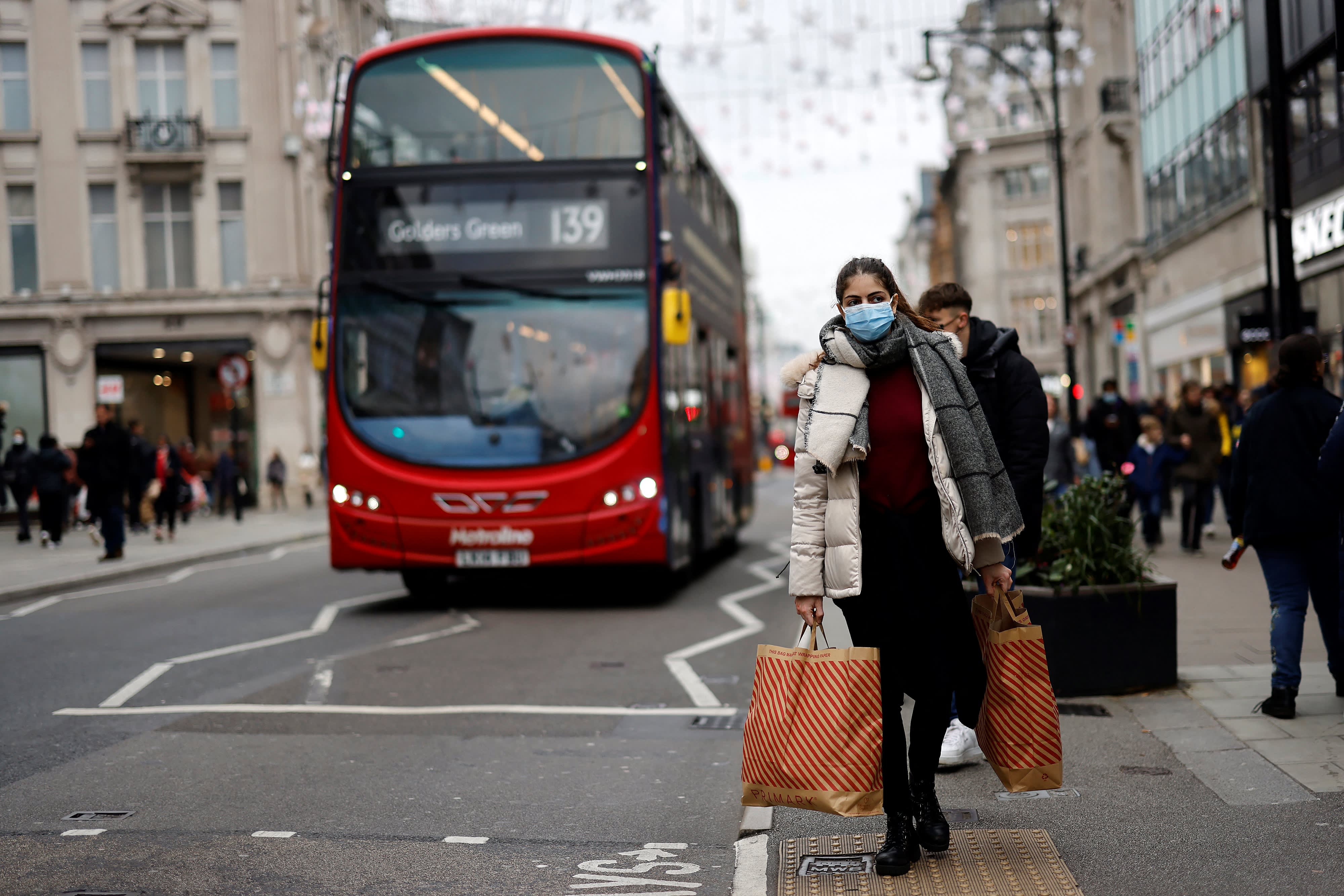
Shoppers walking along Oxford Street in London on Dec. 21, 2021.
Tolga Akmen | AFP | Getty Images
LONDON — The U.K. inflation rate soared to a 30-year high in December as higher energy costs, resurgent demand and supply chain issues continued to drive up consumer prices.
Inflation hit an annual 5.4%, its highest since March 1992 and up from 5.1% in November, itself a decade high. Economists polled by Reuters had expected an increase of 5.2%.
On a monthly basis, consumer prices rose 0.5%, outstripping economist projections for a 0.3% climb.
The surging cost of living is raising expectations that the Bank of England will look to hike interest rates again. In December, the BOE became the first major central bank to begin lifting borrowing costs from their pandemic-era lows.
Markets will be closely watching the Monetary Policy Committee’s next meeting on Feb. 3, with policymakers mulling another rate increase following the 15 basis point hike to 0.25% in December.
The Bank is also operating against the backdrop of a remarkably tight labor market, with vacancies tracking at a record high and employment remaining below its pre-pandemic level.
Paul Craig, portfolio manager at Quilter Investors, said December’s print vindicated the Bank of England’s decision to hike rates, but February’s meeting could still go either way.
“The MPC will be faced with a difficult trade-off between ensuring financial stability or helping households cope with a cost of living crisis that is set to squeeze household finances over a difficult winter period,” he said.
“It’s not just the cost of living that is increasing, so is the cost of going to work, and wage increases may not be enough to cover the cost of returning to normality.”
The Office for National Statistics also published figures on Tuesday which showed annual wage growth at 3.8% in December, indicating that workers are facing a real-terms pay decline, and Craig suggested there is now a “very real concern” that in-work poverty is growing.




